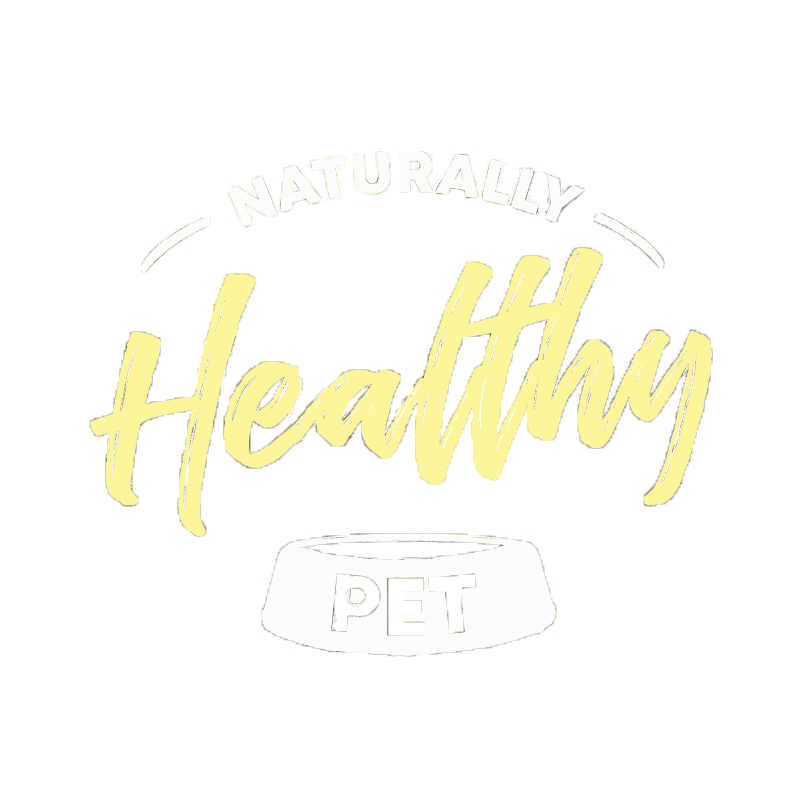The dog anatomically, is not evolved very much at all, other than to the state of being able to survive as a scavenger, but still has the digestive system of a carnivore, which has adapted somewhat to survive as a scavenger also. It has the dentition of a carnivore, the strong neck and jaw muscles designed for catching and pulling down prey, and allowing no lateral movement of the jaw with only an up and down motion, unlike herbivores and omnivores who have lateral movement in their jaws for chewing.
Dogs have a highly elastic stomach, designed to hold large amounts of meat and bone, organ and hide. They have a simple stomach, with an under-developed caecum, with a short foregut, and a smooth, unsacculated colon. This means that food passes through very quickly, whereas vegetable and plant matter needs to have time to sit and ferment - thus omnivores and herbivores have longer, sacculated colons, and longer and larger small intestines, with the occasional presence of a caecum (Feldhamer, G.A. 1999. Mammology: Adaptation, Diversity, and Ecology. McGraw-Hill. pg 260.).
This explains why unless vegetable matter fed to dog is steamed/liquidised/mashed to break the cell walls; it will often come out much the same as it went in.
Vets have very little focus on canine nutrition in their training and often make the mistake of viewing a dog as an omnivore, as advocated by commercial petfood companies.
Anyone who has ever done canine studies will know the dog is a carnivore, classified as a subspecies of the grey wolf, "Canis Lupus Familiaris".
Feeding a dog as if it were an omnivore places a large amount of stress on the system, as other bodily organs have to work overtime to compensate; i.e. the feeding of carbohydrates and starches places the burden of digestion completely and entirely on the pancreas, as the dog does not produce amylase in its saliva, so the pancreas has to produce unusually large amounts of amylase to deal with the digestion of the starch, cellulose and carbohydrates in plant matter.
Dogs also donot have the kinds of friendly bacteria that break down cellulose and starch for them and as a result of this, most of the nutrients contained in plant matter, even when pre-processed, are unavailable to them.
It is only due to the fact that some small evolutionary changes have happened to enable dogs to survive as a scavenger that they have managed to survive as long as they have on commercial, overprocessed diets without more ill health than we already see, but the difference here, is surviving compared to thriving, and obviously we want our dogs to thrive, and not just survive.
These facts explain why a dog is suited to a whole prey diet, or a diet where the main make-up of whole prey is put together by the owner via chunks of meat, bones, animal parts, organ meats and meaty bones.
To me the question of raw or cooked is common sense - after all, wild animals don’t cook !
Cooked and processed dog foods have only been around for about the last 100yrs, so not long enough for animals to have adapted to getting all their goodness from what, to the internal system, presents as a different form of food. On an evolutionary level, adaptations need much more time than how long wolves and wild dogs have been living with humans, as the changes would be from gross right down to molecular level for the development of such different digestive capabilities.
There are several other aspects of a cooked, commercial diet, which cause problems, a couple of which I've mentioned below:
Firstly, cooking food alters the proteins, fats and minerals, making some more readily available, and others less available. Cooking also alters fats, and many fats cannot take high cooking temps. and become rancid and carcinogenic and toxic. Cooked proteins are also able to cause allergic reactions, because of the changes cooking brings about, whereas raw protein does not.
Secondly, once food is cooked it is deficient in vitamins, minerals and enzymes, since the act of cooking destroys or alters much of them; this is why petfood manufacturers need to add synthetic supplements back into the food - but finding the right balance is not easy by any means and is infact incredibly difficult, as synthetic supplements donot always exhibit the same form [chirality -three dimensional structure] that the natural form has, which means their efficiency and use to the body are substantially decreased. To compensate for this, the commercial foods are ‘over-supplemented’ but this results in the inhibited uptake of other necessary vitamins and minerals. For example, excess inorganic calcium reduces the availability of iron, copper, iodine, and zinc (Lonsdale, T. 2001. Raw Meaty Bones. pg 88). If you are feeding a cooked, homemade diet, can you be sure that your pet's needs are being sufficiently met if the very act of cooking destroys much of what is beneficial to your pet?
Essentially, once you cook your pet's food you are now guessing which vitamins or minerals have been destroyed, how much of these might have been destroyed (which means you would have to know how much was present in the food in the first place), and how much supplementation your pet needs.
Also, how do we know that researchers have discovered all the nutrients necessary for our pets? This still is an on-going process (such as Eukanuba adding DHA to their foods; DHA is found in raw prey, so any dog eating raw prey has been receiving appropriate levels of DHA), and since cooking food destroys minerals and vitamins and enzymes, researchers may be missing some very important nutrients. Feeding cooked food also causes pets to miss out on these 'unknown' nutrients, whereas raw food contains them in appropriate amounts.
Fresh, raw food provides the added benefit of providing very necessary teeth-cleaning for our pets, enabling us to avoid costly visits to the vets where our animals are then subjected to trauma and anaesthetic which is potentially harmful.
One of the very harmful additives in commercially prepared dogfood is Ethoxyquin - added as a preservative, because it gives the food a 2 yr shelf-life, much needed as food can be stored for as much as 18 mths before finding it's way to the shop shelf.
So, fresh raw is what the internal make-up of the dog is most suited to deal with, un-tampered with and purest and so best, providing the right amounts of what is needed, in the right form and structure that the dogs body can utilise and use most effectively.
Basically, and in a nutshell, why try and mess with the perfect design mother nature had already set in place, and which has worked and still works for our dogs wild cousins.
If anything, it is even more crucial for our dogs these days to have a raw and fresh natural diet, because their previous generations have been nutritionally starved on commercial petfoods, and they need to have the type of diet most suited to them biologically to prevent the illness and disease so many now suffer with which. when traced, is down to nutritional deficiency going back generations.
J.Arnold 2008





